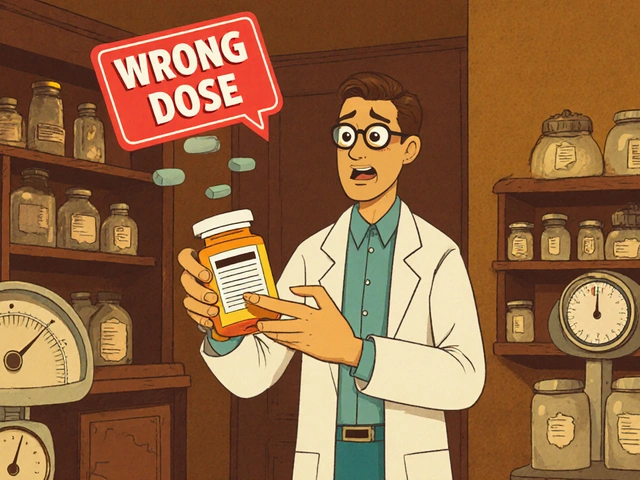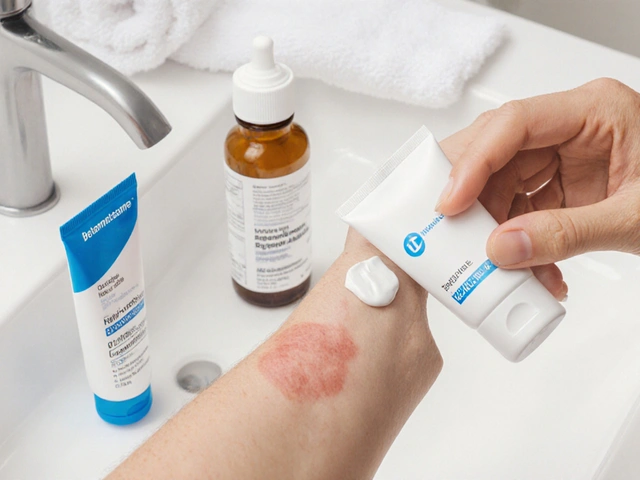Pioglitazone: Simple Guide to the Diabetes Medicine
If you’ve been prescribed pioglitazone, you might be wondering what it actually does and whether it’s right for you. In plain terms, pioglitazone is a pill that helps your body use insulin more effectively, which in turn lowers the amount of sugar floating around in your bloodstream. It belongs to a class called thiazolidinediones, a mouthful that just means it works on the cells that store and release insulin.
Doctors usually turn to pioglitazone when diet, exercise, and first‑line drugs like metformin aren’t enough to keep blood sugar in check. It’s especially popular for people with type 2 diabetes who need an extra push to reach their target numbers.
How Pioglitazone Lowers Blood Sugar
Think of your body as a factory that makes insulin and a warehouse that stores it. In type 2 diabetes, the warehouse becomes stubborn and refuses to let insulin out when it’s needed. Pioglitazone talks to the warehouse doors, making them more responsive. It does this by activating a protein called PPAR‑γ, which tells your fat and muscle cells to become better at taking up glucose.
When those cells soak up more glucose, there’s less left in your blood. That drop in blood sugar reduces the risk of long‑term complications like eye, kidney, and nerve damage. Most people start with a low dose—usually 15 or 30 mg once a day—and the doctor may increase it to 45 mg if needed.
Take the pill with or without food, but try to be consistent about the time you swallow it each day. Skipping doses can make your blood sugar swing, and that’s the opposite of what you want.
What to Watch Out for: Side Effects & Safety
Like any medication, pioglitazone isn’t free of side effects. The most common ones are mild—think mild swelling in the ankles or a few extra pounds. Those happen because the drug can cause your body to retain a little more fluid.
More serious concerns include a tiny risk of heart failure, especially if you already have heart problems. If you notice sudden shortness of breath, rapid weight gain, or swelling that doesn’t go away, call your doctor right away.
There’s also a rare link between pioglitazone and bladder cancer. The risk is low, but it’s something doctors keep an eye on, especially for people who have taken the drug for several years.
Pregnant or breastfeeding women should avoid pioglitazone unless a doctor says the benefits outweigh the risks. And if you have liver disease, your doctor may choose a different medicine.
To stay safe, keep an updated list of all the meds you’re taking—including over‑the‑counter drugs and supplements—because pioglitazone can interact with some blood thinners, certain antibiotics, and other diabetes pills.
In short, pioglitazone can be a useful tool when other options fall short, but it works best when paired with a healthy diet, regular exercise, and routine monitoring of blood sugar. Talk openly with your healthcare provider about any worries, and don’t hesitate to ask questions about dosage, side effects, or how long you might need to stay on the medication.
Below you’ll find a list of related articles that cover other diabetes meds, safety tips for buying prescription drugs online, and general health advice. Browse through them to get a broader picture of managing your condition and staying informed.
Actoplus Met: Uses, Benefits, and What You Need to Know
A full guide to Actoplus Met—what it's for, how it works, its perks and pitfalls, and tips if your doctor prescribes it to you. Real talk, plain English.





